| Review of the Nokia N95 Camera |
| Review of the Nokia N95 Camera |
Last Updated: 01-Aug-2008
The Nokia N95 isnít the only phone out there with a 5-megapixel camera in it.
I previously tested the Sony-Ericsson K850i
which also sports a 5-megapixel camera. However, I was never very happy with the
overall quality of K850iís camera, especially in less-than-perfect lighting
conditions. Because of my experience with it I resigned myself to believing that there was no way a CMOS camera
would ever come close enough to matching the quality of CCD camera to ever
satisfy me.
So, when I first tested the N95ís camera I wasnít expecting much, but what I
found
really surprised me. Even though the quality of the images (when zoomed to 100%)
isnít quite as good as I get from my old 3.3 megapixel Nikon Coolpix 990, it came far
closer than I ever imaged.
The quality of the camera begins with its lens. Nokia makes a big deal out of
their use of a Carl Zeiss lens (Carl Zeiss is the name of a lens manufacturer,
you can look them up on the internet), but the quality of that lens speaks for
itself. Despite its relatively small size and wide-angle nature, it produces no
detectable fisheye effect. Photographs taken of buildings for example look
straight and true with no strange curviness.
As with all wide-angle lens
however, you are still subject to heightened perspective when the camera is
tilted upwards or downwards, but this can be easily remedied on the computer
using imaging software. The auto-focus functionality of the lens is
second-to-none, because out well over 100 photographs I took, only 2 of them
weren't in sharp focus.
The CMOS sensor array produces sharp images with very low noise levels, allowing
photography in extremely low light conditions that you wouldn't even think of
using any other camera phone in.
Pictures look surprisingly good when viewed at 100%, but with an image size of 2592 x
1944 pixels, itís not likely that youíll be viewing your shots at 100%. Most
computer screens are somewhere in the range of 1024 x 768 to 1600 x 1200, and at
those resolutions the photographs look nearly perfect.
However, to get those near-perfect pictures your lens must be spotless and
free of smudges. That however is one of the great engineering oversights of
many camera phone on the market. With the N95 in
particular (due to the high-resolution of the images) the camera is located where you canít help but touch the lens cover with
your greasy fingers. Even one fingerprint on the lens will degrade your
picture quality and add an eerie haze to the picture.
I personally solved the above issue by creating my own makeshift lens cap (of
sorts). It was nothing more than a small square I cut from a microfibre lens
cleaning cloth and a piece of invisible tape. I can easily pull the tape off
(using a tab put at one end) and hold it out of the way while I take picture or
videos. It looks a bit pedestrian and it's a bit of a pest, but the
results are well worth it. All my shots are taken with a spotlessly clean lens.
Donít get me wrong though, on close examination no photographer is going to
mistake an N95 photograph for one that came from a dedicated CCD camera. At
normal day-to-day viewing resolutions however, the shots look about as good as
youíre going to see from a any camera grafted to a cell phone in 2008.
Here are a few examples of photographs taken under varying conditions. To see
these shots in full 5 megapixel resolution, just click on the photographs. Note
that some browsers will shrink the resulting images to fit your screen, but you
can usually click on the picture to expand it to its full size or back again.
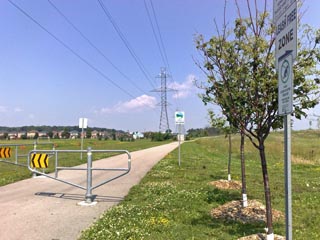 |
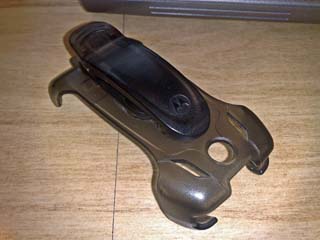 |
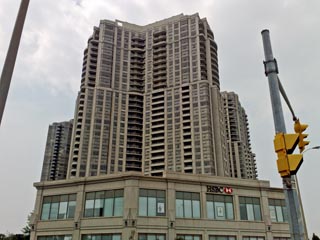 |
||
 |
 |
 |
||
 |
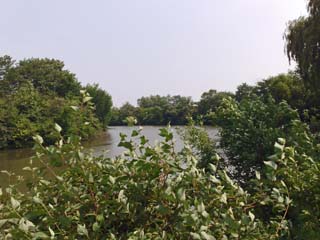 |
 |
The N95 does not come with a xenon flash (like the K850i), but the provided LED flash does a fine job of close-up work, especially portraits. And speaking of close-ups, the macro capabilities of the N95 lens are shockingly good. This camera can focus on objects as close as 10 cm from the lens. Here are three macro samples I took.
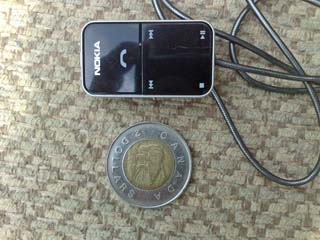 |
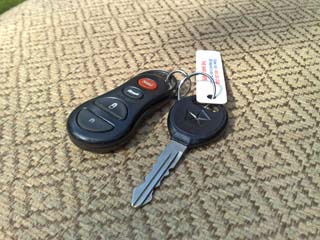 |
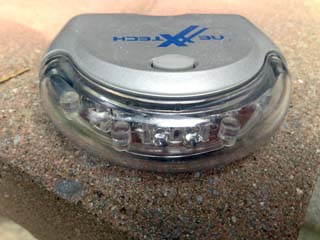 |
The camera application provides all manner of adjustments that can be made
before shots are taken. The first option chooses an overall mode, which also
changes the settings of various other options, but it also adjusts parameters not
directly accessible through other means. The camera always starts in Auto mode,
in which all of the pertinent parameters are adjusted automatically according to
the conditions. It also includes modes for close-up photography, portraits,
landscapes, fast-motion subjects, and low-light conditions. The remaining
adjustments include flash, contrast, brightness, exposure compensation, white
balance, sharpness, and ISO.
On the video side the N95 is just as impressive. It can take videos at a
blistering 30 frames per second in resolutions of 640 x 480. Sound quality on
the videos is breathtakingly good. Data compression is
very low and there are virtually no motion artifacts. That results in video
files that consume over 15 MB per minute. Image stabilization is
also included. Some of the videos Iíve taken have come close to camcorder quality,
but as with the still photography, no one will mistake a phone video for a
camcorder video.
Below is a sample video I took of Highway 403 at Creditview in Mississauga. Note: to play MP4 files you may need to add a new CODEC to your computerís video player, or you can download and install Quicktime.
 |
Just having a camera thatís as good as the one on the N95 with you at all times is practically worth the price of admission. It was a strong factor in my decision to buy an N95 for myself.